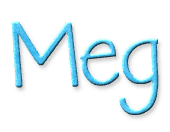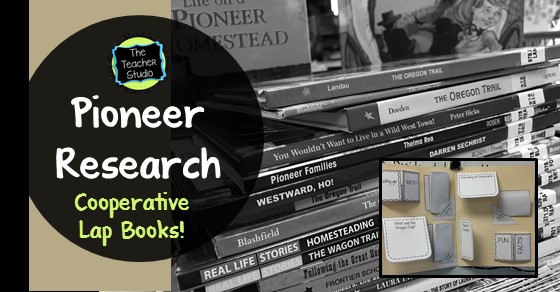One thing that I love to do is immerse my students in resources on a topic we have in our curriculum–with a specific task to accomplish. If your school is like mine, social studies and science time are getting reduced more and more, so we need to be constantly searching for meaningful ways for students to incorporate this real world learning into our language arts curriculum. Informational research “mini projects” are a great way to combine the two!
This book by Christopher Lehman is a really great way to think about research in a little different way…it’s FULL of strategies that are super helpful in getting students to master key elements of research. For this little project, I focused on a strategy he calls, “Slow and Steady Wins the Race” where he stresses the importance of helping students pause before writing notes to make sure they read, stop, cover the information, and then jot notes. This really helps reduce the direct copying. I add one more layer to the process by having students read, cover, then explain to a partner where the two together decide if the information is important enough to write down. If you are interested in more of his strategies, I put an affiliate link to his book at the bottom of this post. It’s short and easy to read–and I have it FULL of sticky notes with ideas!
So here is what we are doing…I went to our library and got all the books possible on pioneer life and westward expansion–the next step in our social studies curriculum. The textbook is another option, and I will be using it as well–but I really want my students to understand that true research uses multiple sources. True research also involves students generating their research questions–and this project is too small for that. What I really want is for students to practice their paraphrasing skills and to refine their ability to find facts that are most important. To keep the project small in nature, I gave the students categories to “collect” facts about…and to record in this research guide. We used the textbook, the library books, and even some ebooks that our library has (if you haven’t looked at TrueFlix, check it out!). I gave the students two work times to work together to gather facts, practice paraphrasing orally and then in writing, and then we prepared to select the most important information to display.
I then show my students a sample of how the lap book can be arranged–and tell them that it is their job (with the input of their partners) as to what is the most important information to include on each flap. Students take their notes, explain in their own words, and then get creative!
It’s fun to watch students take on this project and get creative…and the best part is I know that they are learning the content, working together, and learning more about informational reading and writing. I love watching them share their “lap books” in small groups and compliment each other on how they did things!
Interested in the lap book (or you can use as a part of an interactive notebook) resource? Here it is!
Here is the Christopher Lehman book that I love!
Thanks for stopping by!
Want to pin this for later?







